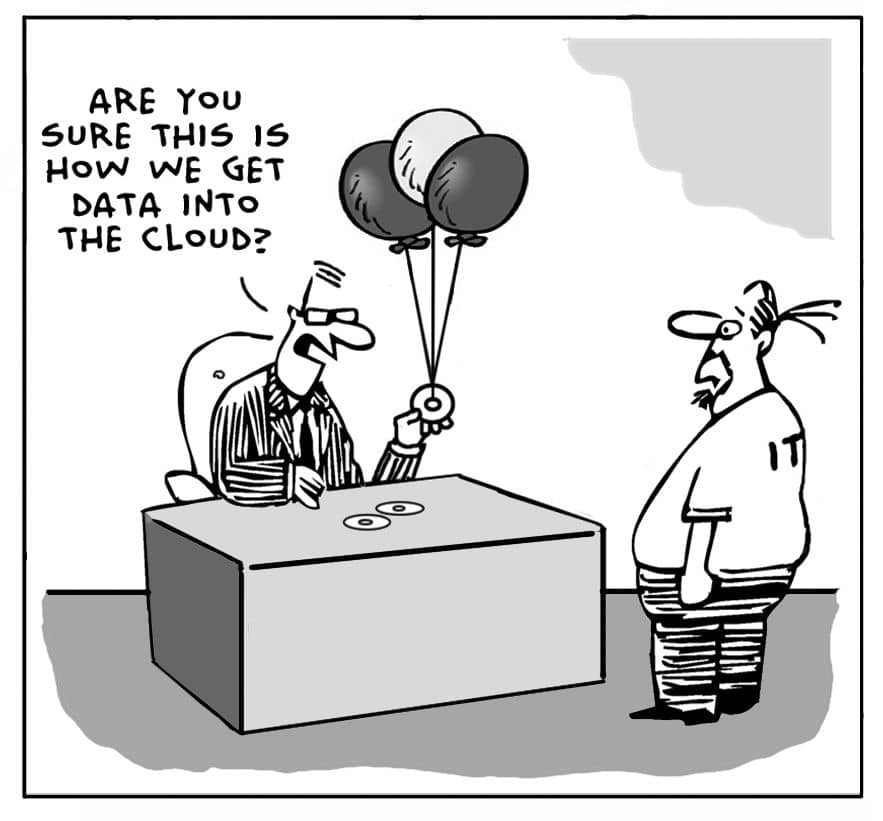Workload backup Management has come a long way.
I first began my career in the Enterprise storage and backup space some 16 years ago. Upon reflection, the complexity of what I needed to architect for back then, seems so simple now (at the time, I thought it was just a big mathematical puzzle to figure out and I was never great at maths!)
Usually, there were customer’s SQL workloads, Exchange workloads, Oracle workloads, File\Print amongst a few others – all of which had to fit nicely onto an on-premises storage array sitting in the customer’s data centre somewhere. Naturally, there were different tiers available within the array that had to provide a certain service level – balancing performance and capacity requirements.
There was obviously higher importance placed on the more business-critical workloads that the customers deemed extremely important – i.e. usually revenue-generating activities that had a significant impact to the business if they ground to a halt – a business dis-continuity 🙂
And now? What has changed? And why does it feel like a headache?

These days, customers have primary and secondary workloads sitting in their datacentre, as well as in the hyperscalers public cloud – the choice that is afforded to them on where they would like to run their workloads is incredible. It is not surprising that in a survey of public cloud users, Gartner found that 81% of respondents said they are working with two or more providers. In doing so, most organizations adopt a multi-cloud strategy out of a desire to avoid vendor lock-in or to take advantage of best-of-breed solutions across the various hyperscalers.

Having to protect virtual workloads, Cloud-based services such as OneDrive, SaaS-based workloads such as M365 apps, and of course traditional physical workloads (which may never go away) under one management umbrella poses a significant new challenge for these customers that fit into the 81% that Gartner is referring to. Most customers adopt many different solutions to achieve this but that then introduces a whole host of new challenges such as different subscription costs, additional skillsets to manage and different product capability to name a few.
This represents a huge headache for organisations to provide a viable backup and disaster recovery regime across multiple clouds that more or less do not integrate seamlessly with each other (natively) as well as the ongoing upkeep of these environments.
Introducing BDRSuite 5.2
The need to protect various workloads, with different importance placed upon them across different environments – both on-premises and in the cloud is evident. With BDRSuite 5.1, the ability to manage your business-critical workloads across a diverse Virtual, Cloud-based, SaaS and physical IT ecosystem becomes a one-stop-shop solution all in a pretty neat, easy-to-use interface.


At a glance, the complete BDR suite spans on-premises workloads such as VMware vSphere, Microsoft Hyper-V, file servers, and Windows (supported versions), Cloud environments such as AWS, Google Suite and Microsoft Office 365 are also covered. Note: There are some elements under the SaaS environments that are not covered so is important to know what these are (covered in the next blog post), but for the most part – the BDR suite covers most of the major components that most customers are using in their multi-cloud environments.
Stay tuned.
In the next blog, we will dive a little deeper into each of these areas and detail how the BDR Suite 5.2 helps customers of all types solve the multi-cloud business continuity headache.


